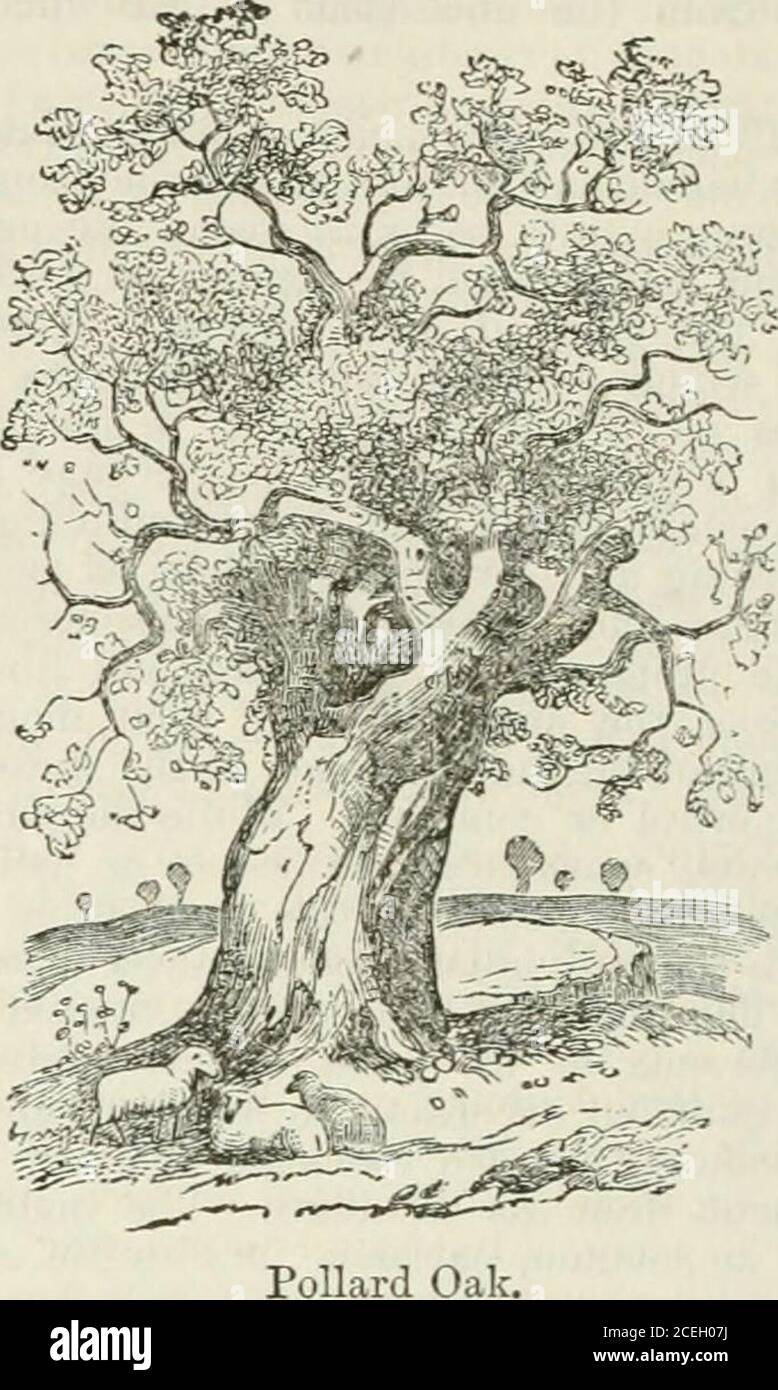. Chambers's encyclopedia; a dictionary of universal knowledge for the people. position of the fins. It is very likeCoregomis sikus, a species found in the most northernparts of Norway. The spawn of the P. is depositedin November and December on the rocky or stonyparts of the bottom of the lake which it inhabits.It is a well-flavoured fish. The cry of FreshPollan is even more common in Belfast duringsummer than that of Fresh Herring. POLLARDING (to poll, to cut off, or shave thehead) is the cutting off of the whole crown of atree, leaving it to send out new Vjranches from thetop of the stem. T

Image details
Contributor:
Reading Room 2020 / Alamy Stock PhotoImage ID:
2CEH07JFile size:
7.2 MB (379.1 KB Compressed download)Releases:
Model - no | Property - noDo I need a release?Dimensions:
1224 x 2043 px | 20.7 x 34.6 cm | 8.2 x 13.6 inches | 150dpiMore information:
This image is a public domain image, which means either that copyright has expired in the image or the copyright holder has waived their copyright. Alamy charges you a fee for access to the high resolution copy of the image.
This image could have imperfections as it’s either historical or reportage.
. Chambers's encyclopedia; a dictionary of universal knowledge for the people. position of the fins. It is very likeCoregomis sikus, a species found in the most northernparts of Norway. The spawn of the P. is depositedin November and December on the rocky or stonyparts of the bottom of the lake which it inhabits.It is a well-flavoured fish. The cry of FreshPollan is even more common in Belfast duringsummer than that of Fresh Herring. POLLARDING (to poll, to cut off, or shave thehead) is the cutting off of the whole crown of atree, leaving it to send out new Vjranches from thetop of the stem. Trees thus treated are calledpollards. The new branches are never equal inmagnitude to the original branches of the tree, although often more numerous, and when pollarding is often repeated, the scars and stumps form a thickring at the top of the stem, from which many smallbranches spring. Pollards are not beautiful; butpollarding is practised with advantage in districtswhere fuel is scarce, the branches being cut off inorder to be used for fuel, aud the operation repeated m. every third or fourth year. It is much more pre-valent in many parts of Europe than in any part ofBritain, and in Britain is almost contined to thosedistricts of England which are furthest from coaLWillows, Poplars, Alders, Elms, Oaks, and Limesare the trees most frequently pollarded, and in someparts of Europe the White Mulbeny. The trees ofmost rapid growth are preferred where fuel is theobject; and willows, poplars, and alders are plantedalong water-courses, and in rows in moist meadowsand bogs. Oaks are sometimes pollarded chiefly forthe sake of the bark of their branches, and thewhole treatment very much resembles that ofcopse-wood. In some parts of Germany, landscapesmay be seen of open country with many scatteredoak and elm pollards, presenting a very pecuharappearance. POLLEN. See Stamex and Fecundation. POLLENZA, a well-built town in the northernpart of the island of Majorca, about 2 miles westof th